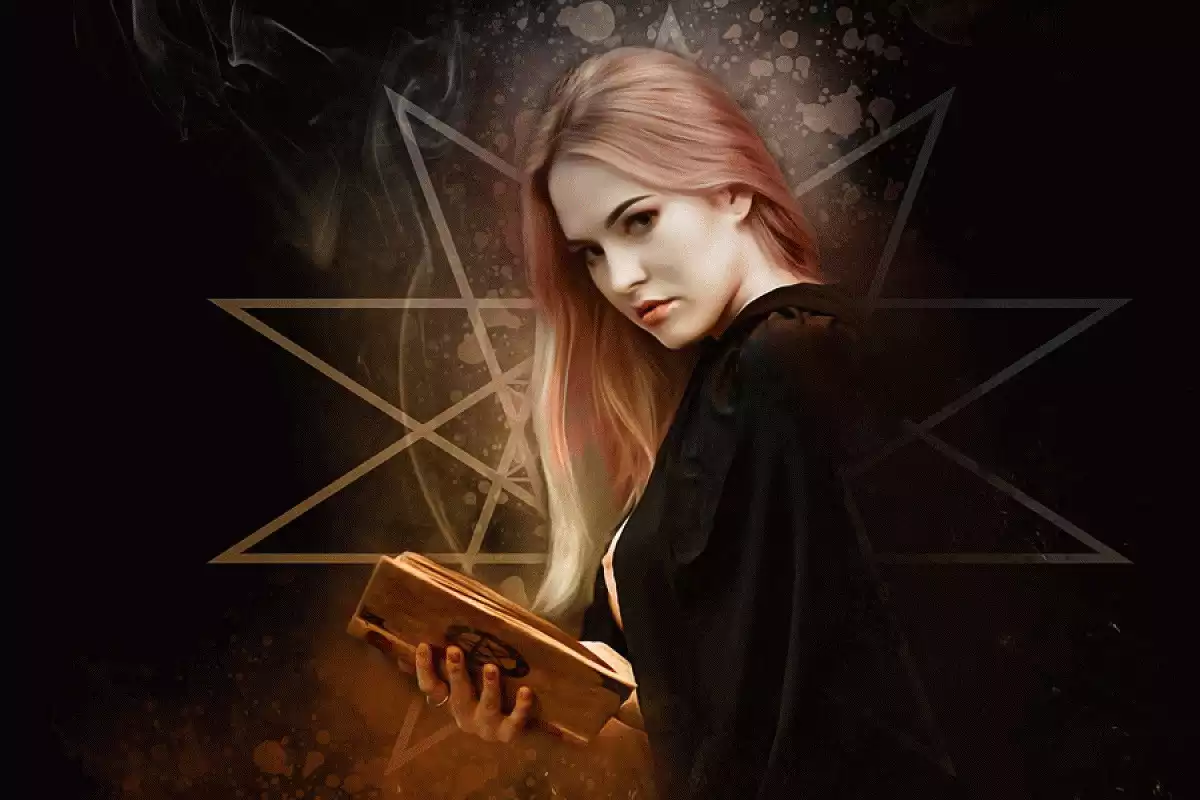
Witches’ Sabbath: How To Start A Coven
Find out more about the origins of the witches’ Sabbath and the purpose of this type of gatherings.

When talking about witches, a word that soon comes to light is that of coven or witches’ Sabbath, a concept referring to a gathering of witches and wizards that takes place at night, in which the devil participates in the form of a goat. The witches’ Sabbath has its origins in the Judaism’s day of rest, Shabbat, although it may also refer to any time period similar to the seventh day of the week. The purpose of the coven is to carry out magical or superstitious practices.
The following article will delve into all the secrets surrounding this type of gatherings: how to start a coven and many other issues of interest for those who want to know more about it.
What is the witches’ Sabbath?
Many people find the word “coven” as disturbing as that of “witch” because they know nothing about witchcraft. Some people immediately associate the term with worshipping the devil, but it does not have the same meaning all over the world.
Webster’s dictionary, America’s most famous dictionary, points out that a coven is simply “a collection of individuals with similar interests or activities”. However, it also speaks of “an assembly or band of usually 13 witches”. Therefore, the etymology of “coven” implies a gathering, band or group.
Setting aside the dictionaries, and focusing on how a coven is defined by people related to witchcraft, it is worth mentioning that Miriam Simos, commonly called Starhawk, states that it is a support group, a group which raises awareness, a parapsychic phenomena study centre, a training program for the clergy, a school of mysteries, a substitute clan and a religious congregation, all this at the same time.
Other authors point out that a coven is a small group of Wiccan initiates, who consider themselves good friends and a family by choice, and who come together to honour the ancient gods and to follow ancient traditions.
How to start a coven
Joining a coven will be one of the most important decisions in your life if you want to enter the world of witchcraft. Nowadays, there are many books and digital resources that explain the traditions of witchcraft, which can help you start your own coven.
[predef]mh-general-eng-489[/predef]
Usually, the number of people to form a coven is 13. Ideally, it should consist of six men, six women and one leader.
However, it does not mean that a witches’ cult group cannot function unless it is comprised of 13 people. You can form a coven being less than 13, but the number of members must not exceed this number. When the number of members exceeds 13, the coven should split and form a new group. This is how the tradition is spread and carried on.
Number 13 has been considered to have special magical properties, reflecting the worship group of 12 members and its leader. Throughout history, there are important groups that have these characteristics: Romulus, the hero who founded Rome, had 12 followers; Jesus Christ had 12 apostles; some versions of Arthur’s legends tell that at King Arthur’s Round Table sat the king himself and his 12 knights, etc.
Due to its associations with witchcraft, number 13 came to be called the “devil’s dozen”. Old pictures of witches’ gatherings often portray twelve people and a thirteenth one. There is, for example, a charming 15th century French miniature in the Bodleian Library, at Rawlinson College, which shows a meeting of witches on the outskirts of a village. In the foreground, three women and a man worship a goat, holding lighted candles in their hands. Behind them, two couples are kissing. Three witches mounted on broomsticks fly happily overhead, and another witch has just come out of the chimney of a nearby house. Therefore, there are 12 witches in this picture, and the Goat God is the thirteenth figure.
- You may be interested in: What Is Black Magic? Voodoo, Witchcraft, and Spells
Covens must be separated by about 5 kilometres or 3 miles from each other, and the agreements made there should not be related to the private affairs of members of other covens. Only the leaders should keep in touch with each other.
The reason for this rule is based on the time when witches were persecuted: what people did not know could not be talked about. Sometimes, the members of a coven use pseudonyms or nicknames to indicate a permanent change of personality.
There are also covens of eight people and, in the same way, there are individual witches, who are not organized into any covens and prefer to work alone. They are often old women who have a great experience and occult powers that make them more powerful than those who are members of covens.
Some examples of famous covens
One of the first witchcraft trials in the British Isles was that of Dame Alice Kyteler of Kilkenny, in 1324. The names of 12 more accused were recorded as well as that of Robin Artisson, the leader of the coven, who escaped (as did Dame Alice).
In Scotland, the witch Isobel Gowdie of Auldearne gave herself up to the authorities in 1662 and made the longest and most detailed confession that was recorded in a witch trial in Britain. She revealed that witches were organized into groups and that each group consisted of thirteen people.
In America, one of the most famous episodes is that of the Salem witch trials, when about 150 people were accused of witchcraft in Salem Village, Massachusetts Bay Colony, between 1692 and 1693. This witch-hunt was triggered by the accusations of a group of young girls, who claimed to be possessed by the devil, and ended in a series of trials that led to the hanging of 19 people (both women and men).